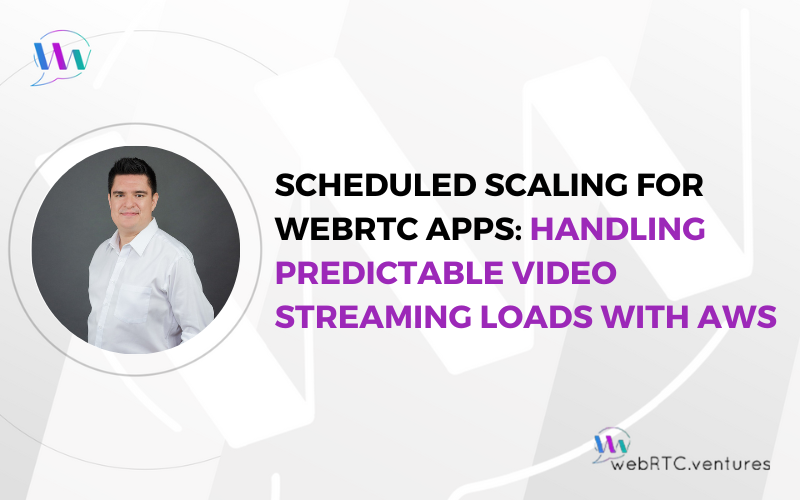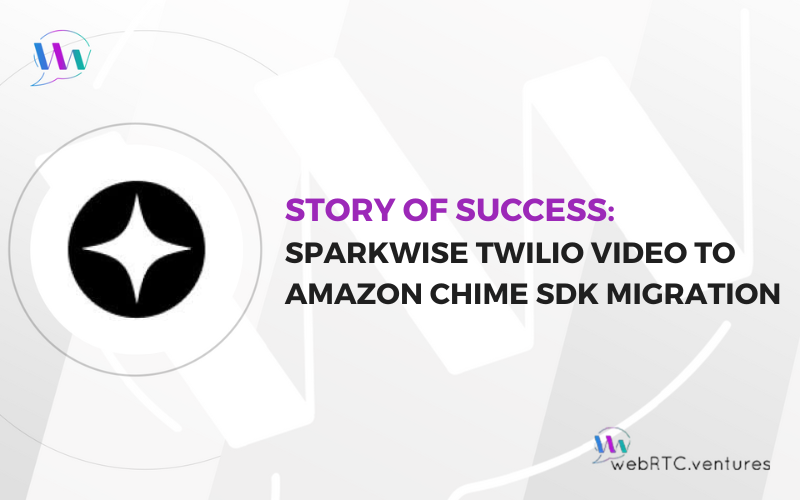
Large Language Models (LLMs) have dominated conversations about AI integration in WebRTC, particularly when it comes to voice-based features like transcription, summarization, and intent detection. But there’s an emerging layer that many outside of research circles are missing: Vision Language Models (VLMs). Unlike LLMs, which work with

Real-time video communication applications face unique scalability challenges that can make or break the user experience. When thousands of users simultaneously join virtual classrooms, video conferences or other streaming video experiences, traditional autoscaling approaches often fall short. The key to managing predictable traffic spikes in WebRTC applications

The global shift to e-learning and online education during the pandemic fundamentally reshaped digital learning platforms and propelled the development of more sophisticated edtech solutions. Central to this transformation is WebRTC technology. Beyond browser-based video conferencing, WebRTC enables crucial educational features like real-time collaborative whiteboards through data

Another WebRTC.ventures Success Story! The Sparkwise platform, originally built in 2021 using Twilio Programmable Video, delivers immersive live group training, upskilling, and leadership development through small, action-oriented online groups, powered by AI. We first helped Sparkwise validate the choice of the Amazon Chime SDK as a replacement






